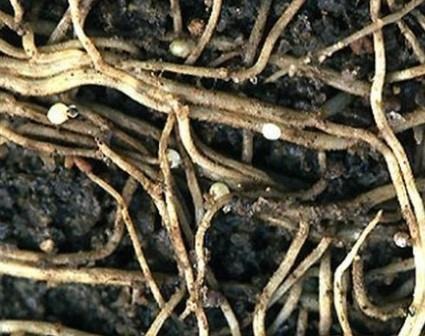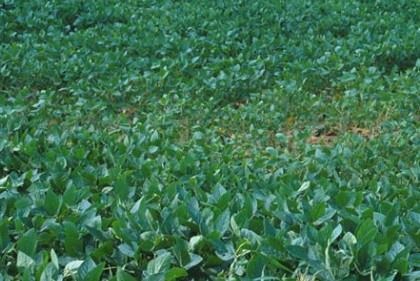
Figure 1. Soybean cyst nematode females on soybean roots. Photo credit: Jonathan D. Eisenback, Virginia Polytechnic Institute and State University, Bugwood.org

Figure 2. Symptoms of soybean cyst nematode. Photo credit: Paul Bachi, University of Kentucky Research and Education Center, Bugwood.org
Can't see anything?
The second way to check for SCN is by taking a soil sample and sending it to a nematology lab. Currently, Penn State Extension is offering free SCN testing for farmers in Pennsylvania. Contact Adriana Murillo-Williams (axm1119@psu.edu text 814-360-5517, call 814-355-4897), Paul Esker (pde6@psu.edu), Alyssa Collins (acc18@psu.edu), or your local Agronomy Extension Educator for information about the program.
How do we keep SCN from spreading to other areas?
First, you must scout your fields. Second, ensure that ag machinery and ag implements are properly cleaned after use or before moving from field to field. Soybean cyst nematode only moves long distances with anything that will move soil and infected plant parts.
To protect Pennsylvania soybean production, we must be proactive and join efforts to limit SCN spread by scouting our fields. It takes a village to keep SCN in check. Help us beat the pest.
Source : psu.edu